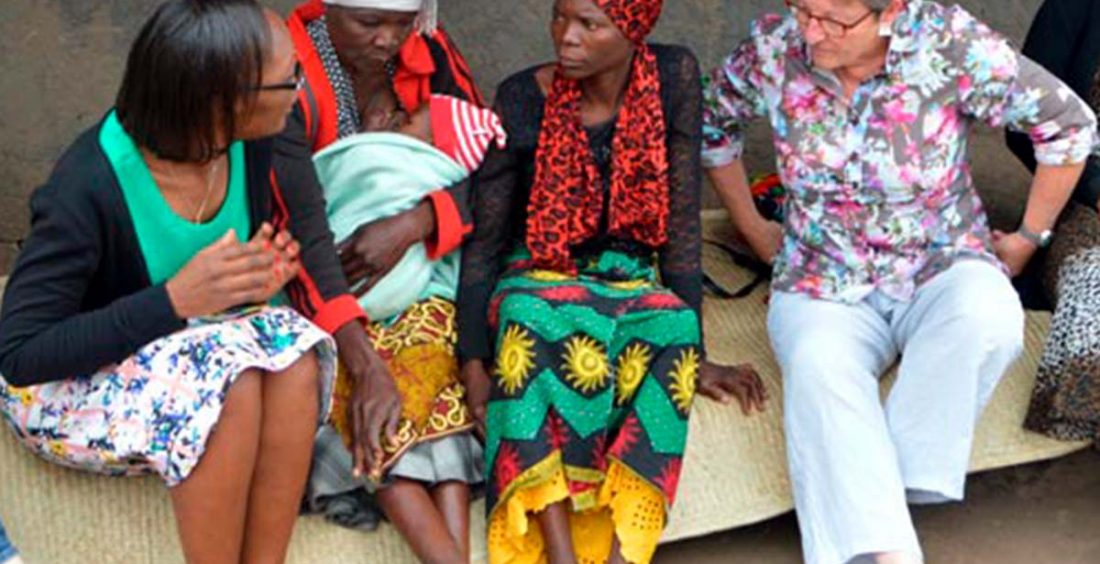Publication: April 2024
Moving to a New School of Thought: Precise Social Assistance
The article outlines the historical evolution of social protection systems, starting with informal arrangements in the pre-twentieth century, followed by the emergence of formal structures like the welfare state in Europe. The post-World War II era saw significant expansion in social protection systems, categorized into contributory and non-contributory interventions. The World Bank defined non-contributory interventions as social safety nets, targeting the poor and vulnerable with programs like cash transfers, food stamps, and public works.
However, concerns arose in the twenty-first century regarding the efficacy of these systems. Researchers noted a disconnect between the assistance provided and the actual needs of the poor and vulnerable. This led to a call for exploring alternative, demand-side-oriented interventions, emphasizing active participation and voices of the beneficiaries.
The Referrals and Linkages mechanism and the comprehensive grievance and redressal mechanism were introduced to facilitate the active participation of the poor and vulnerable in finding solutions to their long-term and urgent needs. These mechanisms aim to empower individuals to voice their concerns, complain, request assistance, and simplify interactions with service providers. The goal is to develop comprehensive social protection systems that integrate both supply-side interventions and demand-side mechanisms, addressing both long-term and short-term needs. However, the text acknowledges the challenges in implementing such systems and mechanisms, emphasizing the need for advanced technology, technical assistance, coordination, and efficient interventions.





